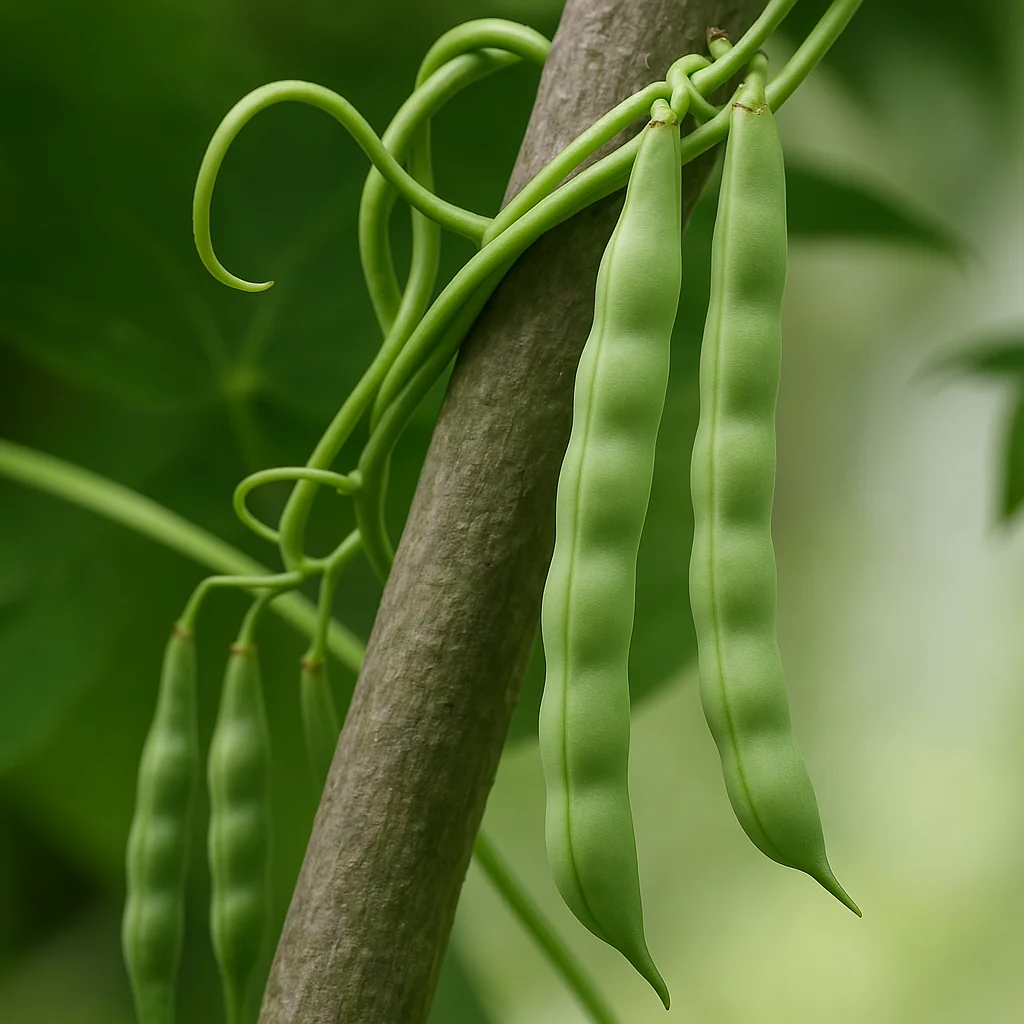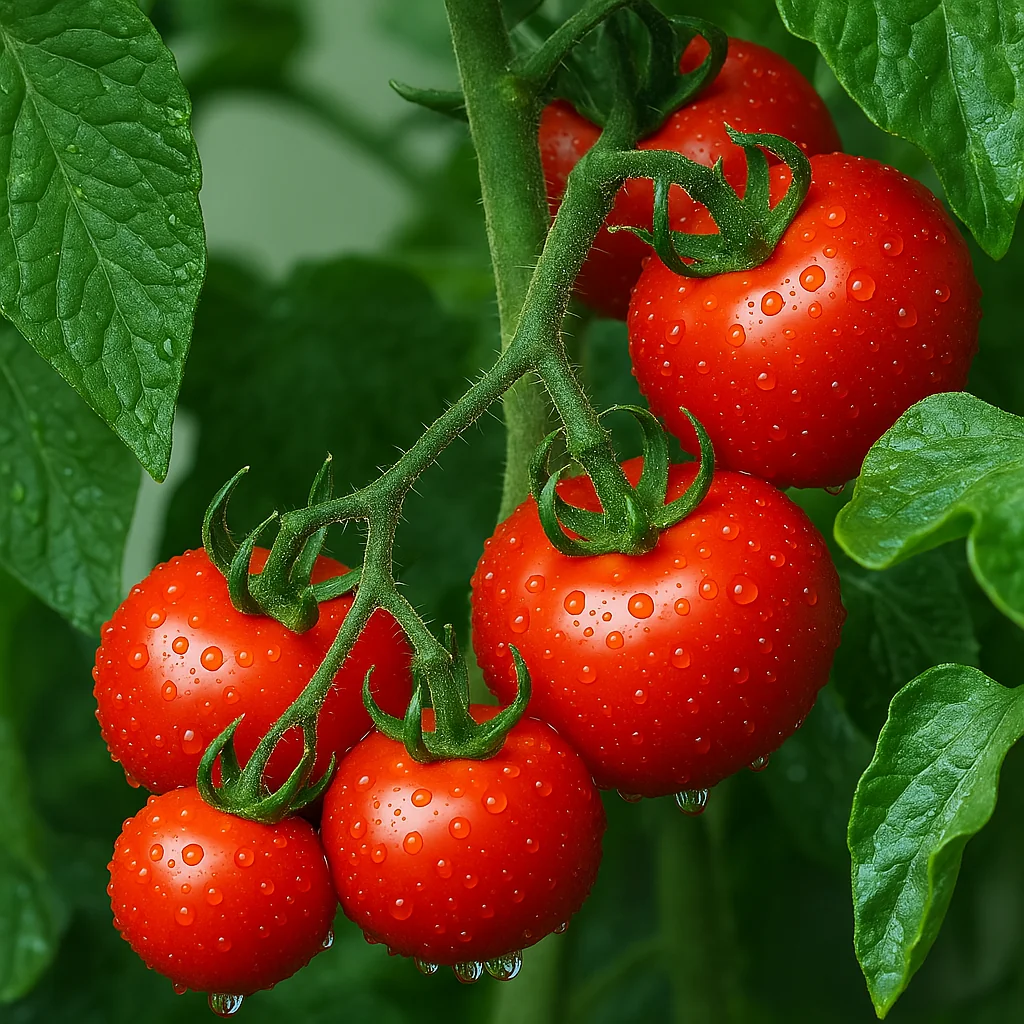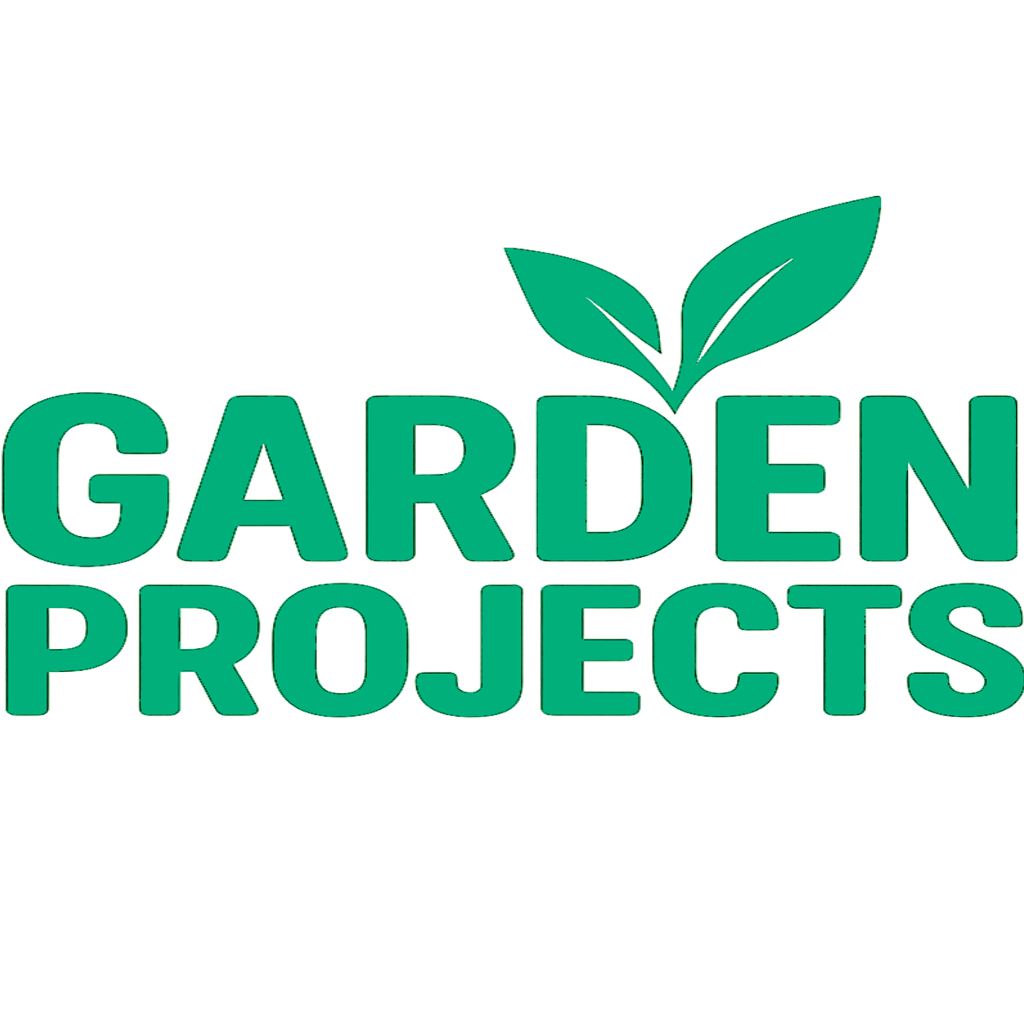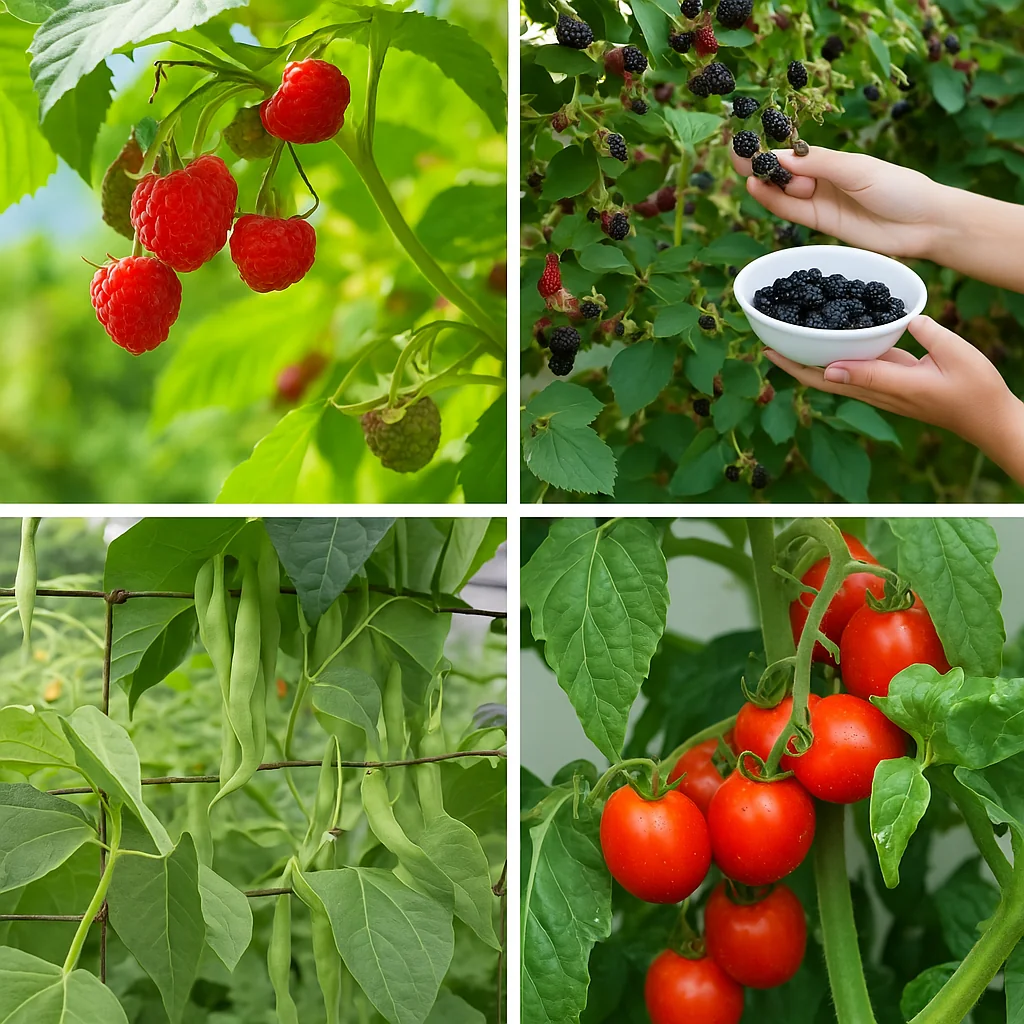Introduction
If you’re looking to maximize the space in your garden while growing delicious and nutritious food, edible climbing plants are the perfect solution. These versatile plants not only beautify your garden but also provide you with fresh, homegrown produce. Whether you have a small urban garden, a balcony, or an expansive backyard, incorporating climbing plants can transform your outdoor space.
In this article, we’ll explore the 8 best edible climbing plants, perfect for growing vertically. These plants will provide you with fresh vegetables, fruits, and herbs while adding a stunning visual element to your garden. Let’s dive into these climbing wonders that not only save space but also enhance your garden’s productivity.

1. Sweet Peas (Pisum sativum)
Sweet peas are not just beautiful flowers; their edible varieties can also be grown as climbing plants. Known for their sweet flavor and versatility, sweet peas are perfect for both ornamental and culinary purposes. The tender pea pods are packed with vitamins and can be eaten raw, sautéed, or added to salads, stir-fries, and soups.
Why Grow Sweet Peas:
- Edible pea pods and peas
- Beautiful fragrant flowers
- Perfect for vertical gardens or trellises
Sweet peas prefer full sun and well-drained soil. Plant them in early spring, and they will begin to climb and spread as the weather warms.
2. Pole Beans (Phaseolus vulgaris)
Pole beans are one of the most popular and productive climbing plants. These fast-growing vegetables are perfect for vertical gardening, as they can grow up to 10 feet tall. Pole beans produce an abundance of beans that are packed with protein, fiber, and essential vitamins.
Why Grow Pole Beans:
- High in protein and fiber
- Grows quickly and produces high yields
- Ideal for small or vertical gardens
For best results, plant pole beans after the last frost, ensuring they have a sturdy structure to climb. Be sure to regularly harvest the beans to encourage further production.
3. Cucumbers (Cucumis sativus)
Cucumbers are a must-have in any edible vertical garden. These climbing plants produce crisp, refreshing fruits that are ideal for fresh salads, pickles, and smoothies. As they climb, cucumbers can be trained to grow vertically, saving precious garden space.
Why Grow Cucumbers:
- Ideal for fresh eating or pickling
- Takes up less space when grown vertically
- Can produce abundant fruit in a small space
Cucumbers thrive in warm, sunny climates. Make sure to provide them with a sturdy trellis or netting, as they can become heavy as they mature.
4. Grapes (Vitis vinifera)
Grapevines are not only decorative, but they also provide bountiful fruit when grown on trellises or fences. Grapes can be enjoyed fresh, dried into raisins, or used to make homemade wine. Grapevines are perennial, meaning they will return year after year, making them a fantastic long-term investment for your garden.
Why Grow Grapes:
- Produces sweet, edible fruits
- Can be grown on trellises or fences
- Long-term investment as a perennial plant
Grapes require a sunny, warm environment and well-drained soil. Pruning is essential for maintaining healthy growth and maximizing fruit production.
5. Kiwi (Actinidia deliciosa)
Kiwi vines are fast-growing, hardy climbing plants that produce delicious, nutrient-dense fruits. The vines can grow up to 30 feet long, so it’s essential to provide a strong structure for them to climb. Kiwi fruit is an excellent source of vitamin C, potassium, and antioxidants.
Why Grow Kiwi:
- Nutrient-packed fruits
- Can be grown on trellises or arbors
- Hardy in various climates
Kiwi vines require plenty of sunlight and support for their heavy fruits. Plant them in fertile, well-drained soil, and ensure you have both male and female vines for cross-pollination.
6. Climbing Tomatoes (Solanum lycopersicum)
Climbing or indeterminate tomatoes are an excellent choice for vertical gardens. These plants produce an abundance of juicy, red (or yellow, green, or purple) tomatoes that are perfect for a wide range of dishes, from sauces to salads. Climbing tomatoes can be grown on stakes, trellises, or cages, making them ideal for small spaces.
Why Grow Climbing Tomatoes:
- Produce an abundance of fruit
- Versatile for cooking or eating fresh
- Space-saving when grown vertically
Tomatoes thrive in warm, sunny climates and well-drained soil. Regular pruning and support are essential to keep the plants healthy and productive.
7. Hops (Humulus lupulus)
If you love brewing your own beer, growing hops in your garden can be both rewarding and fun. Hops are climbing plants that produce cones, which are used to add flavor and aroma to beer. These fast-growing vines can reach up to 20 feet and are perfect for vertical gardening.
Why Grow Hops:
- Great for home brewing enthusiasts
- Adds unique flavors to homemade beer
- Hardy climbing plant that thrives in full sun
Hops require a sunny location and a sturdy trellis or support structure to accommodate their rapid growth. They also prefer well-drained, slightly acidic soil.
8. Passion Fruit (Passiflora edulis)
Passion fruit vines are beautiful, fragrant, and produce tangy, sweet fruits that are perfect for juices, smoothies, and desserts. These fast-growing vines can be trained to climb fences, trellises, or arbors, making them perfect for vertical gardening. The exotic flowers of the passion fruit vine also add a touch of beauty to your garden.
Why Grow Passion Fruit:
- Delicious, tangy fruits
- Beautiful, fragrant flowers
- Ideal for vertical gardens or trellises
Passion fruit vines thrive in warm, sunny climates and well-drained soil. Be sure to provide a sturdy structure for the vines to climb as they grow quickly.
FAQs (Frequently Asked Questions) 8 Best Edible Climbing Plants
1. What are the best edible climbing plants for small gardens?
If you have a small garden, consider growing sweet peas, pole beans, and climbing tomatoes. These plants grow vertically, allowing you to save space while producing plenty of food. Cucumbers and passion fruit are also great choices for compact spaces.
2. Can edible climbing plants grow in containers?
Yes, many edible climbing plants can be grown in containers. Pole beans, cucumbers, and sweet peas are great for container gardening, as long as you provide them with a sturdy trellis or support structure. Choose a large pot with good drainage and a nutrient-rich potting mix for best results.
3. How do I support climbing plants?
Climbing plants need a sturdy structure to grow on. You can use trellises, fences, arbors, or even a wall to support the plants as they grow. For heavy plants like tomatoes or cucumbers, ensure the structure is strong enough to support the weight of the fruits. Regularly prune the plants to keep them manageable and healthy.

4. How do I care for climbing plants?
Climbing plants typically require full sun, well-drained soil, and regular watering. Make sure to fertilize them with a balanced fertilizer to encourage healthy growth. Pruning is essential for many climbing plants, such as tomatoes and grapes, to maintain their shape and promote better fruit production. Keep an eye out for pests, such as aphids or mildew, and take action if necessary.
5. When should I plant climbing edible plants?
The best time to plant climbing edible plants depends on the climate in your region. In general, you should plant these plants after the last frost date when the soil has warmed up. For most edible climbing plants, early spring or late spring is the ideal planting time.
6. Can I grow multiple edible climbing plants together?
Yes, many edible climbing plants can be grown together. For example, pole beans can be grown alongside cucumbers or tomatoes, as long as there is enough space and sunlight for each plant. However, make sure to choose plants with similar growing requirements to ensure they thrive.
7. How long does it take for climbing plants to start producing food?
The time it takes for edible climbing plants to start producing food varies depending on the plant. Pole beans and sweet peas can start producing in 2-3 months, while fruits like kiwi and grapes may take longer, usually 2-3 years to begin fruiting. Keep in mind that some plants, such as tomatoes and cucumbers, may produce food within the same season they are planted.
Conclusion: 8 Best Edible Climbing Plants
Incorporating 8 best edible climbing plants into your garden offers the dual benefit of enhancing your landscape while providing fresh produce. From the fast-growing sweet peas to the long-term investment of grapevines and kiwi, there’s a plant for every garden. Whether you have a small balcony or a spacious backyard, vertical gardening with climbing plants can help you grow more in less space. Happy planting!

